Honda e 2019 first drives: finally, a compact EV buyers will ‘want to own’
Critics put a prototype version of the EV to the test. Here are their verdicts…
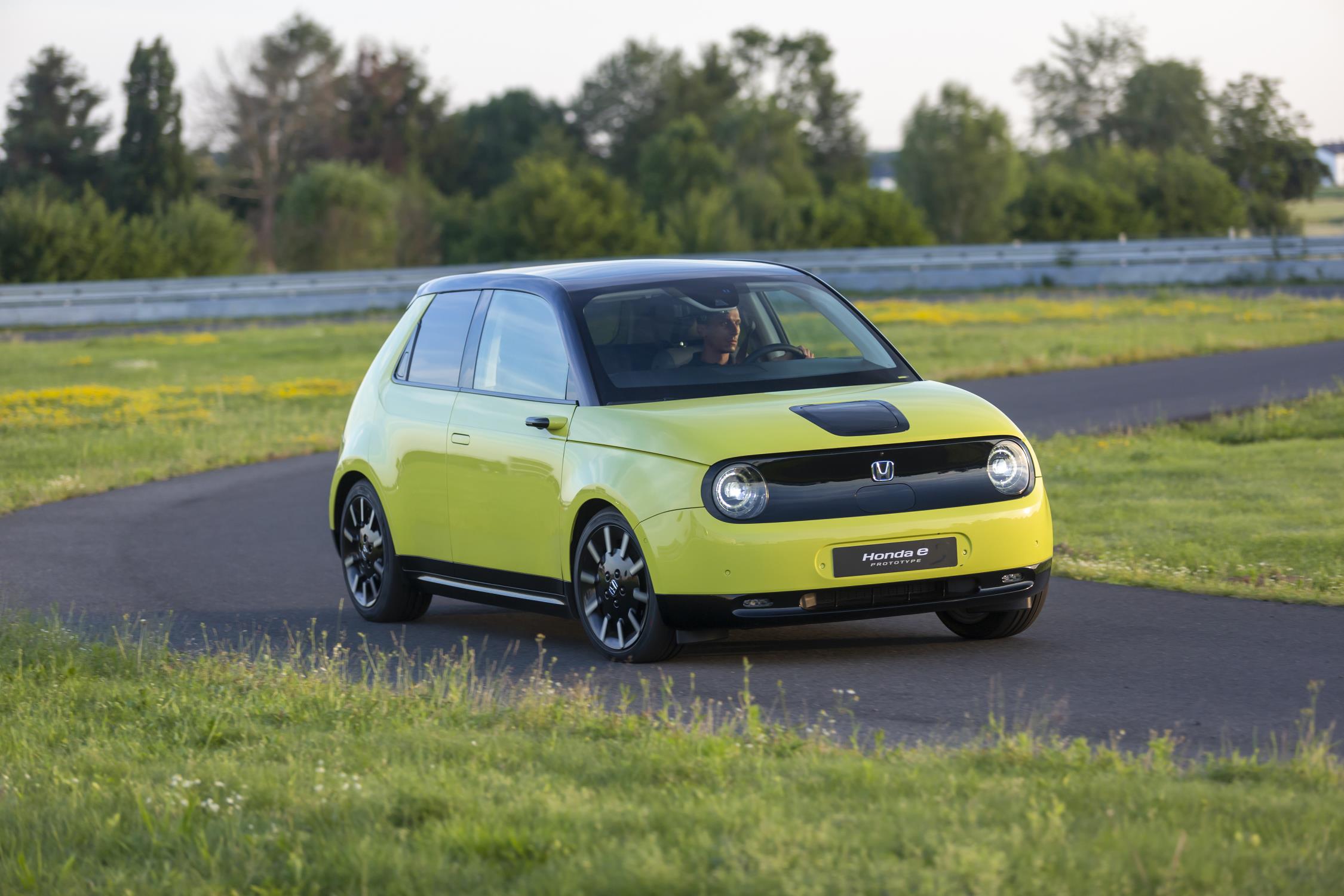
Honda’s eagerly awaited electric car isn’t due to go on sale until the end of the year, but the critics have already been behind the wheel of the new EV.
The compact car, simply called the Honda e, first appeared at the Frankfurt Motor Show in 2017 as the retro-looking Urban EV concept. That was followed by the near-production spec e Prototype at this year’s Geneva Motor Show.
Honda said the prototype model shown in Geneva in March was 95% ready for production. And fans won’t have to wait long to get a look at the finished model as it’s due to be unveiled at the Frankfurt show in September.
The Week
Escape your echo chamber. Get the facts behind the news, plus analysis from multiple perspectives.

Sign up for The Week's Free Newsletters
From our morning news briefing to a weekly Good News Newsletter, get the best of The Week delivered directly to your inbox.
From our morning news briefing to a weekly Good News Newsletter, get the best of The Week delivered directly to your inbox.
Although Honda is keeping the production model under wraps for the time being, a select few have put the prototype version through its paces to see if the EV is on the right track.
Here’s what they had to say:
First drives
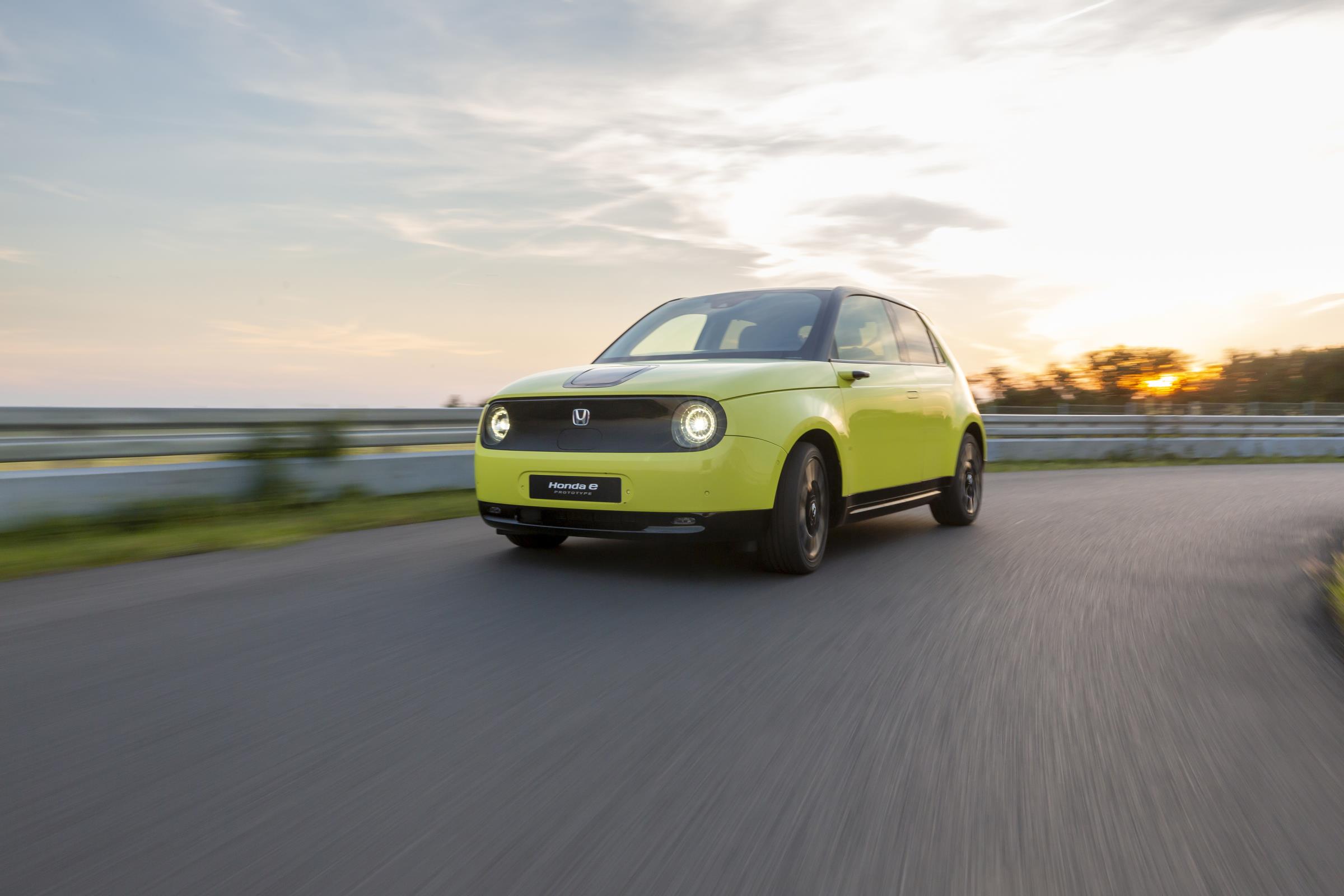
As with most electric cars, which are inherently faster off the mark than their combustion-engined counterparts, there’s an abundance of torque available on the Honda e, says Autocar. The car’s acceleration is “balanced for smooth delivery”, but there’s a “suitably rapid response” when drivers push the accelerator to the floor.
A free daily email with the biggest news stories of the day – and the best features from TheWeek.com
“It’s in the corners where the [Honda e] really scores,” the motoring magazine says. The car’s small proportions give it an “agility and responsiveness that’s hard to describe without using clichés such as ‘go-kart handling’”.
On the inside, the Honda e’s cabin has been designed to have a “living room feel”, The Daily Telegraph says. Its “gorgeous” dashboard resembles the surface of a wooden coffee table, and houses “a glossy band of upright, TV-like screens”.
The EV is “dripping with tech”, too, the paper notes. For instance, two small cameras replace the door mirrors, a feature that’s only available on the £70,000 Audi e-tron.
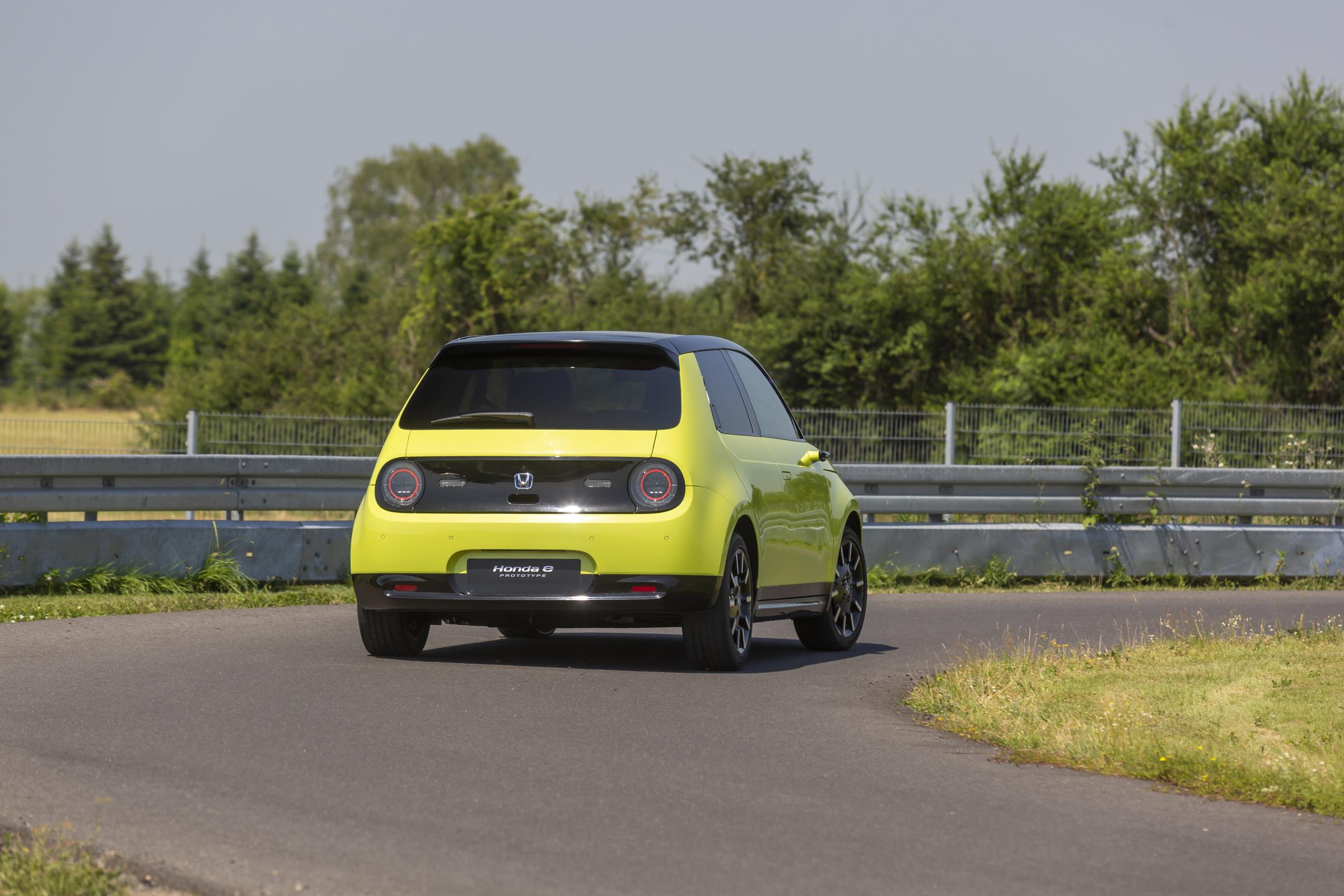
Unfortunately, says Auto Express, the quality of the plastics on the steering wheel-mounted drive select buttons “feel disappointingly ordinary” and the “sheer number of screens” that span the width of the cabin “can be rather overwhelming at first”.
That being said, the infotainment system’s menus are “logical” in their layout and there’s even the option to dim down the displays when driving at night, the magazine says. “There’s no denying that the cabin has the wow factor in spades.”
We’ll have to wait a few more months before the production-ready model is revealed. What the prototype version ultimately shows, though, is that Honda has built a car that buyers “want to own and, crucially, can afford”, Top Gear concludes.
Price
Although Honda has yet to confirm how much the EV will cost, project manager Kohei Hitomi told Autocar that the car is likely to carry a premium price tag.
“A low price is not always a guarantee of success. When you look at Apple products, they are not cheap, but everyone wants to have them because of their added value,” he said. “We believe it is the same for the electric vehicle.”
With that in mind, Autocar expects the Honda e to cost around £35,000, putting the new car on a par with Tesla’s entry-level Model 3 saloon.
Release date
According to Car magazine, Honda will showcase the production version of its new EV at this year’s motor show in Frankfurt, which runs from 12 to 22 September.
The magazine adds that the Honda e will “go on sale towards the end of 2019”.
Design
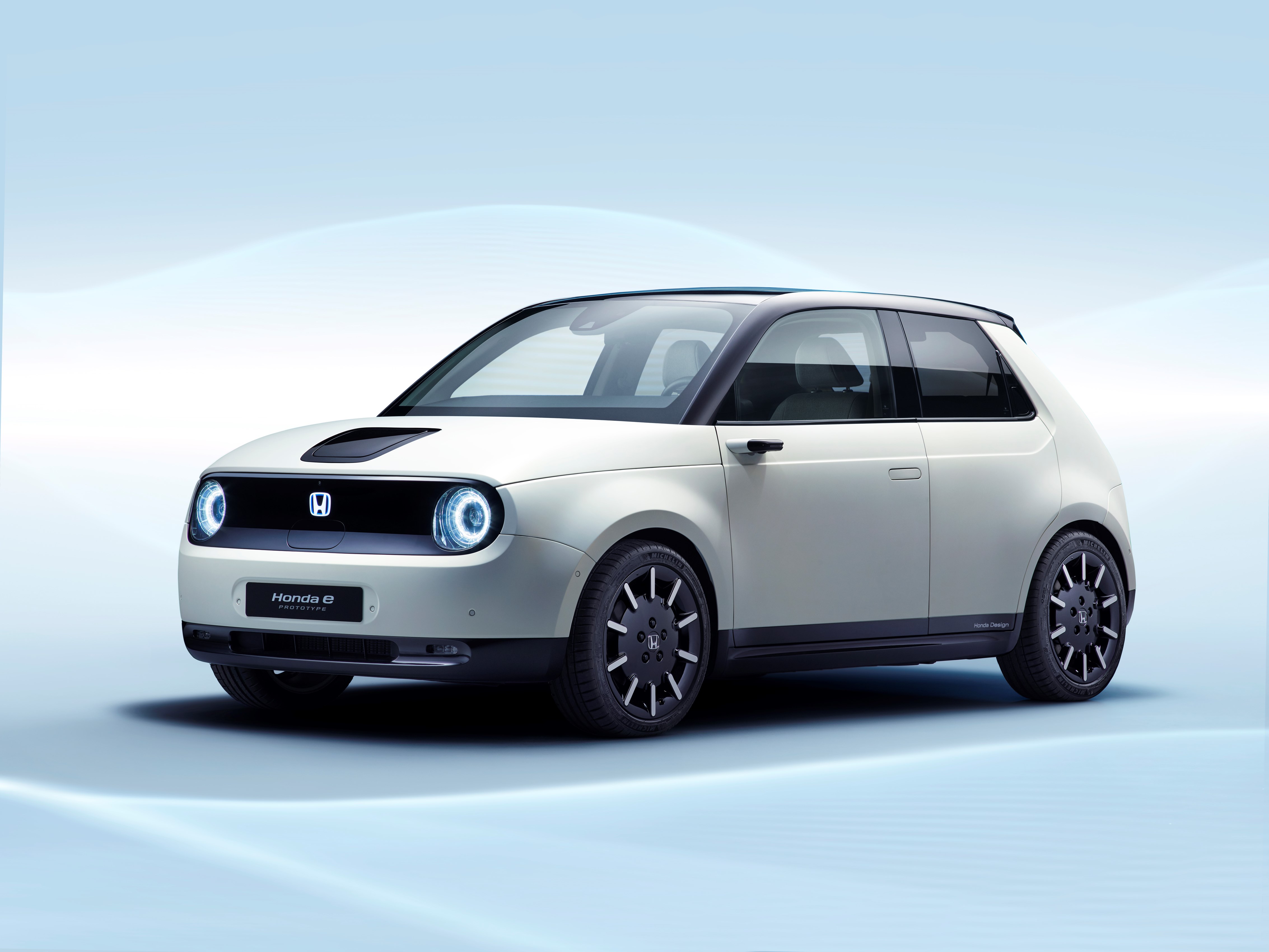
The final car should be fairly similar to the e Prototype, which shares much of its styling with the Urban EV concept. This design harks back to the original Honda Civic from the 1970s, albeit with smoother edges and futuristic touches.
The styling includes circular LED headlights and wing-mounted cameras in place of conventional wing mirrors.
The e Prototype’s matte white paint has also been inspired by the electric concept, as has the black trim that runs along the bottom of the bodywork.
But there are “obvious” differences from the three-door Urban EV concept, too, with the Honda e’s two extra doors offering “greater practicality”, says Auto Express.
The Honda e is also slightly bigger, measuring in at 3,895mm long, 1,750mm wide and 1,495mm tall, with enough space for four occupants, the magazine says. However, the new model is still more compact than its key rivals, BMW’s i3 and the Renault Zoe.
Interior and tech

Like the exterior design, the Honda e’s cabin has a minimalist look with “clean lines” and “retro detailing”, says Pocket-lint. The cockpit is “more angular than the curvier exterior” and there are “plenty of clever storage” compartments and charging ports for smartphones, the website adds.
Unlike the majority of cars, there’s no gear selector in the centre console. Instead, a trio of driver control buttons - Park, Drive and Reverse - sit flush with the centre console’s wood panel surround.
The dashboard is adorned with a series of displays and touch panels. The conventional instrument cluster behind the steering wheel has been replaced with a digital version, and the dash is “book-ended” by a pair of 6in monitors that “act as wing mirrors”, says DrivingElectric.
Although the displays dominate the cabin, Honda has “resisted the temptation to digitise everything”, with buttons for the cruise control, voice commands and volume adjustment on the steering wheel, adds the EV news site.
Battery and range
Honda says the EV will offer a range of 120 miles, according to the Worldwide Harmonised Light Test Procedure (WLTP), a more accurate measuring system for vehicle emissions and range that was introduced last September.
The Japanese carmaker hasn’t revealed the capacity of the Honda e’s battery, but Auto Express expects the electric car to feature a 30kWh pack.
-
 US citizens are carrying passports amid ICE fears
US citizens are carrying passports amid ICE fearsThe Explainer ‘You do what you have to do to avoid problems,’ one person told The Guardian
-
 All roads to Ukraine-Russia peace run through Donetsk
All roads to Ukraine-Russia peace run through DonetskIN THE SPOTLIGHT Volodymyr Zelenskyy is floating a major concession on one of the thorniest issues in the complex negotiations between Ukraine and Russia
-
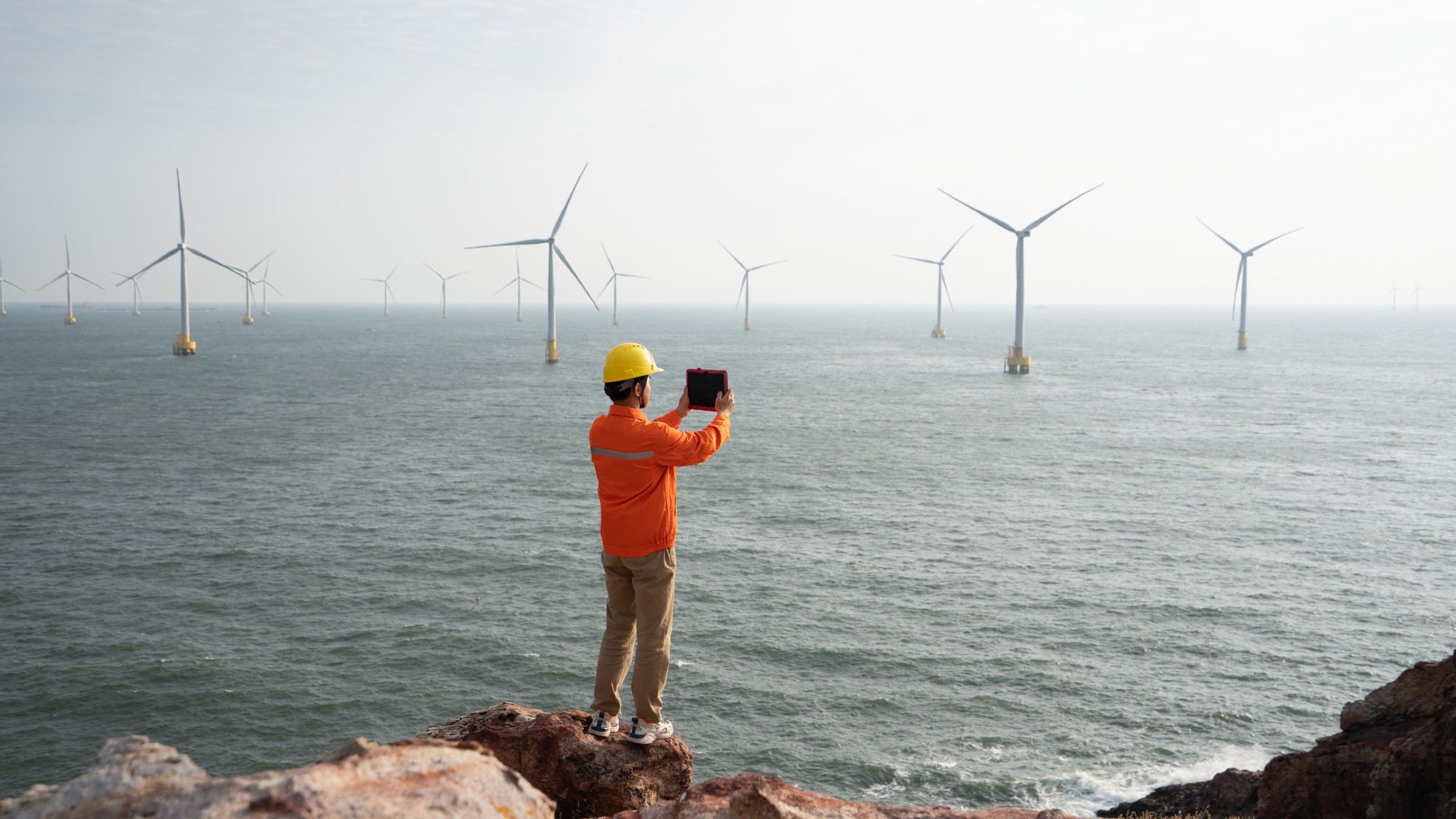 Why is Trump killing off clean energy?
Why is Trump killing off clean energy?Today's Big Question The president halts offshore wind farm construction
-
 Friendship: 'bromance' comedy starring Paul Rudd and Tim Robinson
Friendship: 'bromance' comedy starring Paul Rudd and Tim RobinsonThe Week Recommends 'Lampooning and embracing' middle-aged male loneliness, this film is 'enjoyable and funny'
-
 Honda and Nissan in merger talks
Honda and Nissan in merger talksSpeed Read The companies are currently Japan's second and third-biggest automakers, respectively
-
 The Count of Monte Cristo review: 'indecently spectacular' adaptation
The Count of Monte Cristo review: 'indecently spectacular' adaptationThe Week Recommends Dumas's classic 19th-century novel is once again given new life in this 'fast-moving' film
-
 Death of England: Closing Time review – 'bold, brash reflection on racism'
Death of England: Closing Time review – 'bold, brash reflection on racism'The Week Recommends The final part of this trilogy deftly explores rising political tensions across the country
-
 Sing Sing review: prison drama bursts with 'charm, energy and optimism'
Sing Sing review: prison drama bursts with 'charm, energy and optimism'The Week Recommends Colman Domingo plays a real-life prisoner in a performance likely to be an Oscars shoo-in
-
 Kaos review: comic retelling of Greek mythology starring Jeff Goldblum
Kaos review: comic retelling of Greek mythology starring Jeff GoldblumThe Week Recommends The new series captures audiences as it 'never takes itself too seriously'
-
 Blink Twice review: a 'stylish and savage' black comedy thriller
Blink Twice review: a 'stylish and savage' black comedy thrillerThe Week Recommends Channing Tatum and Naomi Ackie stun in this film on the hedonistic rich directed by Zoë Kravitz
-
 Shifters review: 'beautiful' new romantic comedy offers 'bittersweet tenderness'
Shifters review: 'beautiful' new romantic comedy offers 'bittersweet tenderness'The Week Recommends The 'inventive, emotionally astute writing' leaves audiences gripped throughout